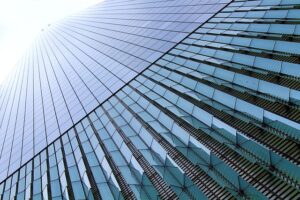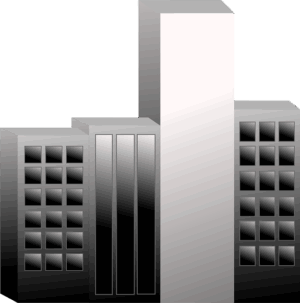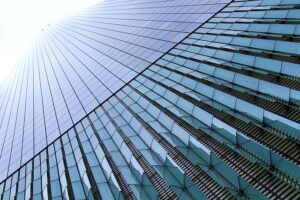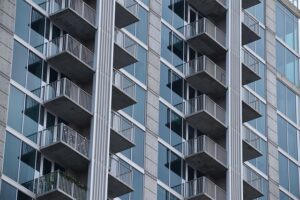Commercial destratification fans optimize air circulation and temperature control in buildings, offering a sustainable solution for energy-efficient HVAC management. By targeting heat buildup in specific areas, these ceiling-mounted devices reduce heating costs, enhance comfort, and minimize the environmental impact of traditional HVAC systems, making them a strategic choice for businesses aiming to improve energy efficiency and workplace environments.
“Discover the power of ceiling-mounted commercial destratification fans as a game-changer in reducing HVAC energy costs. In today’s quest for sustainable and cost-efficient commercial spaces, understanding destratification fans is key. This article breaks down the concept with a simple explanation, delves into the significant impact of HVAC energy expenses, and explores how these fans can be a solution. We’ll guide you through a step-by-step implementation process, revealing the numerous benefits for businesses aiming to optimize their energy consumption.”
- Understanding Ceiling-Mounted Destratification Fans: A Simple Explanation
- The Impact of HVAC Energy Costs on Commercial Spaces
- How Destratification Fans Can Significantly Reduce Energy Consumption
- Implementation and Benefits: A Step-by-Step Guide for Businesses
Understanding Ceiling-Mounted Destratification Fans: A Simple Explanation

Ceiling-mounted destratification fans are specialized devices designed to improve air circulation and temperature uniformity in commercial buildings, office spaces, and retail stores. Unlike traditional HVAC systems that focus on heating or cooling the entire space, destratification fans target specific areas with excessive heat buildup, ensuring optimal comfort and energy efficiency. These fans are strategically installed in ceilings and operate by drawing in warm air from above and pushing it down to lower levels, where it’s needed most.
By enhancing air circulation systems, commercial destratification fans play a vital role in HVAC optimization, enabling significant heating cost reduction. In environments like offices or workplaces, this technology helps maintain temperature uniformity, creating a more comfortable atmosphere for occupants. It’s an effective strategy for maximizing energy efficiency and minimizing the environmental impact of commercial buildings.
The Impact of HVAC Energy Costs on Commercial Spaces
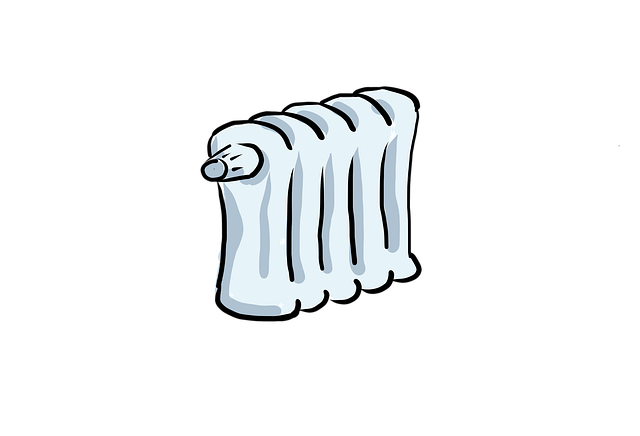
In commercial spaces, such as offices, retail stores, and buildings, managing energy costs is a significant challenge. Heating, ventilation, and air conditioning (HVAC) systems are major contributors to these expenses, accounting for up to 40% of a building’s energy use. Inefficient HVAC operations not only lead to higher utility bills but also impact the comfort and productivity of occupants. Poor temperature uniformity and inadequate air circulation can create cold or hot spots, leading to discomfort and decreased employee performance in office spaces.
Commercial destratification fans installed in ceilings offer a practical solution to optimize energy efficiency and improve indoor environment quality. These fans are designed to enhance air circulation and promote temperature uniformity across various types of commercial buildings. By effectively mixing warm and cool air, ceiling-mounted destratification fans help reduce the workload on HVAC systems, thereby lowering heating and cooling costs for retail stores and office spaces. This strategy contributes to a more sustainable and cost-effective workplace environment.
How Destratification Fans Can Significantly Reduce Energy Consumption

Commercial destratification fans are transforming the way we approach energy efficiency in various commercial settings, from office spaces to retail stores. These innovative ceiling-mounted devices play a pivotal role in achieving temperature uniformity throughout buildings, which is crucial for enhancing energy conservation and reducing HVAC optimization costs. By strategically circulating air closer to the floor level, destratification fans disrupt the vertical stratification of heat, preventing warm air from pooling near ceilings and cold air from settling at floor levels.
This simple yet effective method significantly improves air circulation systems, ensuring that every corner of the workplace is comfortable without excessive energy consumption. The result? Substantial heating cost reduction for commercial buildings, as well as enhanced overall energy efficiency. Destratification fans offer a practical solution to maintain optimal temperature uniformity, fostering a productive and comfortable environment while minimizing the environmental impact and financial burden associated with traditional HVAC systems.
Implementation and Benefits: A Step-by-Step Guide for Businesses
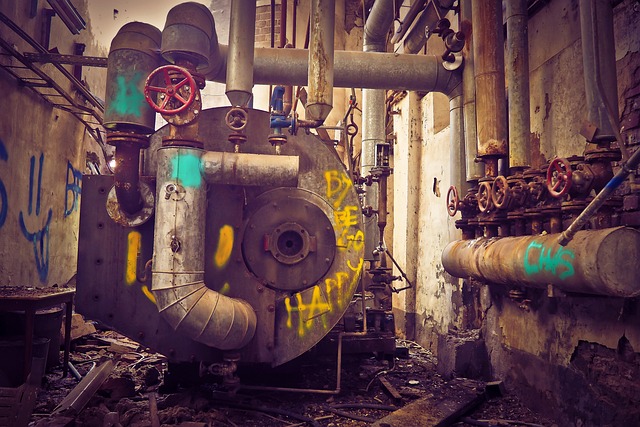
Implementing ceiling-mounted commercial destratification fans is a strategic move for businesses aiming to enhance energy efficiency and optimize HVAC (Heating, Ventilation, and Air Conditioning) systems in their facilities. This step-by-step guide will help you navigate the process effectively.
First, assess your commercial building’s or office space’s unique needs, focusing on areas with temperature disparities. Identify high-traffic zones like retail stores where heat gain is significant. Next, select the right destratification fans suitable for ceiling installation, ensuring they match your space’s dimensions and air circulation system requirements. Installation should be carried out by professionals to guarantee optimal performance. Once installed, these fans actively circulate air, promoting temperature uniformity across office spaces and retail stores, thereby reducing heating cost reduction and enhancing overall workplace comfort.
Commercial destratification fans emerge as a powerful tool in optimizing HVAC energy efficiency. By understanding their function and implementing strategic placement, businesses can significantly reduce energy costs while enhancing indoor air quality. This cost-effective solution offers a straightforward path to sustainability, making it an essential consideration for any commercial space aiming to minimize energy consumption and maximize operational savings.

